Male suicide is at an all time high and it’s practically ignored. Were it women who were killing themselves something would be done but, for some reason, it’s not something men want to talk about.
Men don’t tell others when their World is falling apart. They don’t complain when, perhaps they should. They don’t go to their GP with medical issues and they suffer in silence until they cannot deal with the things which weigh heavily on them. Why are we not doing something about this?
What should you do?
If you have a male friend and you notice any change in him at all, speak to him. If you are a man, still speak to him. It doesn’t make you gay, it doesn’t mean you fancy him. It is just one human reaction, an act of compassion to another person. Never tell him not to cry or to pull himself together. Never point out that other people are watching, it doesn’t matter.
It is not just men who go to war and pick up a gun who are heroes, just helping one other man is as heroic an act as anything the forces do. Just letting one other man know you care is often time all it takes.
If this is someone you look up to, don’t look down on them because they are not coping, give them support. They can still be your hero if you have to be their hero.
Why am I writing this now?
Well, it’s not me, it’s you! I am fine but, I know how not fine feels. I am struggling like hell with the pressures of life and my illness but, I am OK. I am managing and my coping mechanisms are in place and mostly functioning. But look, let me show you signs in yourself when you know that stuff in your life is getting on top of you. I know as it’s happening to me right now.
Little things suddenly get you really angry like, you want to things sorted as they’re just wrong, someone needs to know they are wrong. The war in Gaza or Ukraine, the government or, the stupid price of fuel at Sainsbury right now. It’s realising that our reactions to such things are chronically disproportionate to how much they personally affect us. Maybe there is a feeling of obligation to ‘get involved’, get it sorted and, maybe, you feel if you do get involved you will have at least cracked one problem that annoys you in life.
You know what though? These are not ‘your’ problem. Sit down for a bit and contemplate all the things making you angry or confused until you come to some closer to home.
I am realising now how events going back decades in my own life still have a huge effect on me and how I think now. Certain things trigger me. A comment which might even seem like a funny joke to someone else and to me, it gets me so angry, so uptight and that is, to me, it’s a trigger.
Bottling up our history
When we have a bad experience we store it up. We may not realise we do but, as men, we do. I am sure some, perhaps even a lot of women do this too but, right now I am focusing on men.
Maybe someone significant to us died when they were young or, at a time in our lives when we vitally needed them? Maybe we have been physically or emotionally abused? Perhaps we were given unrealistic expectation of what success looks like?
What do I have?
I grew up raised by an overbearing father with expectations of his son I did not match. I was expected to be captain of every school sports team or, at least, the football team. I had zero interest in sport. I was meant to show a young interest in girls, I showed zero interest in girls. I was meant to match the men in the family and be high up in banking, I had zero interest in banking and was not actually very fond of maths either. If I achieved anything it would be “well done … but.” I was emotionally abused by him well into my adult life.
I was emotionally and physically abused in a Long Term Relationship. The shame of that was huge and, of course, I genuinely had no one to talk to as, well, men don’t get abused you see, doesn’t happen.
I was raped by a good friend. I stayed with him overnight, I don’t recall going to bed but woke up with him raping me. I felt confused, very confused and I did nothing about it. After all, even I believed then that men don’t get raped but, what else do we call it when we discover someone screwing us from behind without ever giving them permission to do that? It wouldn’t even matter if I’d ever said it might be OK, at that time he did not have my permission. It was unprotected too and for weeks after, until I got myself tested, I was terrified I might have contracted something.
I became a single dad. I am taking nothing away from the male partners I had a LTR with at the time but, they were not parenting, they were just there. I was abused in another way at that time, by the discrimination by women who would not accept my role. Teachers who kept wanting to speak to the mother of the kids just as one very basic example. As a gay man I also had a social worker question whether it was appropriate for me to take my son into the male toilets given my ‘persuasion’. For the benefit of doubt, my son was doubly incontinent and needed to be toileted. Fortunately, there was a witness there who herself put in a complaint.
How am I affected now?
Yes. I did notice myself get angry when I saw Sainsbury have raised petrol by nearly 3p a litre in the past week. My brain was going there, who do I write to, this has to be stopped. That’s a warning sign, it’s the time when we need to either talk to someone or, we need to have a good coping mechanism in place or, both. Come on, realistically, I only have a tiny amount of energy each day, do I really want to waste it on such things?
How do I live with it?
One of my ways of dealing with things is to write. Write in the hope that it might encourage another person to not let it go to far. To appreciate that many of the things we think are important really are not and can be ignored and, many more things we are ignoring are the very things we need to sort out either in our own mind or with the help of someone else.
I can honestly say I rarely feel depressed, rarely feel out of control. Sure, with my medical condition (M.E.) I do struggle just thinking but, I am still mostly in control of my destiny.
Earlier I knew I needed to eat but, the thought of just making a sandwich was too much. My solution was to do a quick analysis, why was I feeling like that? The actual process of making a sandwich was painful but, manageable. The alternative was to go back to the car and drive elsewhere and eat. Logically just making food at home makes more sense but, that would only be if I ignored what was really the problem. It has nothing to do with whether I could make a sandwich or not, it had everything to do with needing some ‘me’ time. A time when I didn’t need to avoid tripping on the cats, when I didn’t need to speak to anyone where I wasn’t able to get distracted and take on another task around the house.
I went to McDonalds, I got a free meal (I go there too much and earn a lot of points apparently). My phone data was off, I ordered on my phone using their WIFI and chose to ignore any messages coming through. For just half an hour I shut the world out.
… and after?
Sure, I saw the same sign for fuel but, it didn’t bother me, it’s fine. As soon as I got home the messages came in, the phone kept ringing with problems to solve for other people but, this is my life. It will not always be this way and I have maybe written something here which might help just one other person.


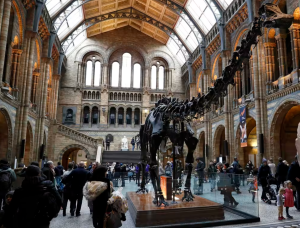
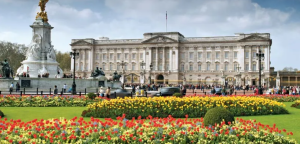
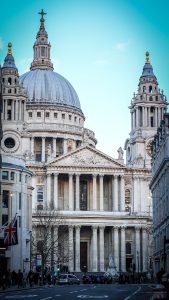
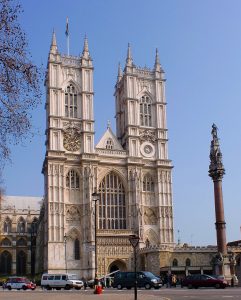
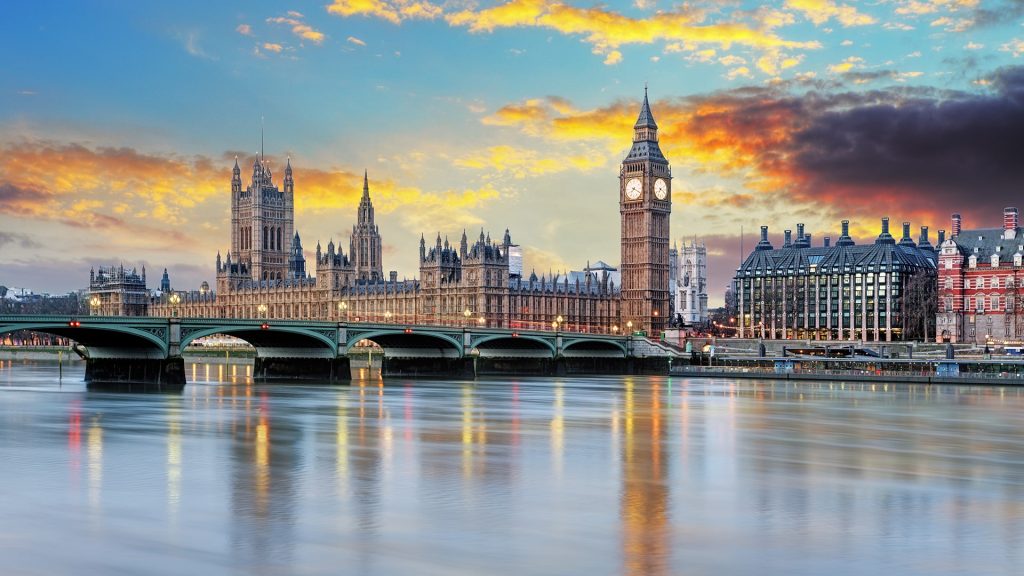
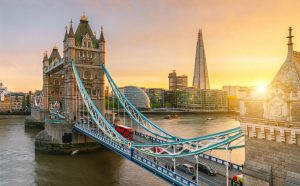
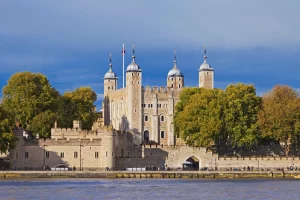
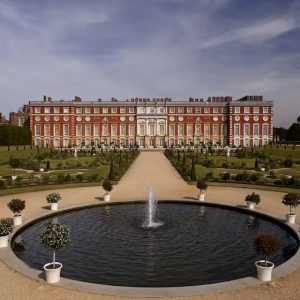
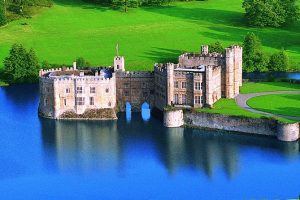
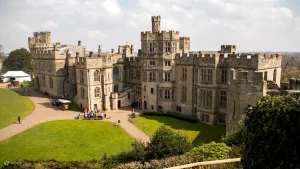
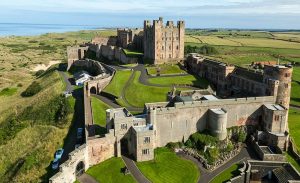

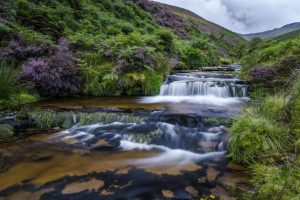
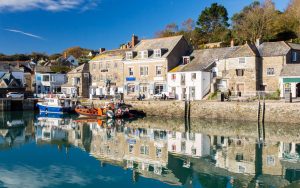
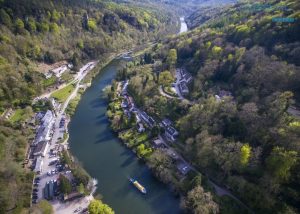
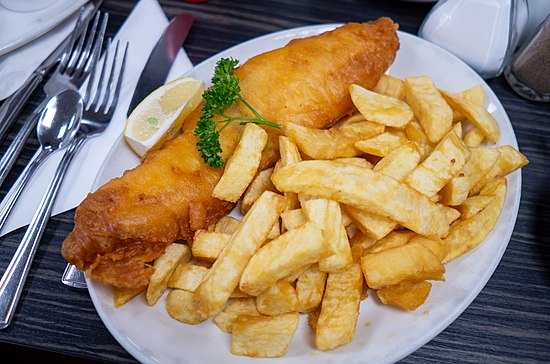
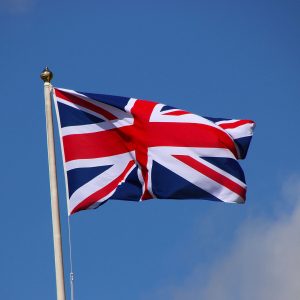
You must be logged in to post a comment.